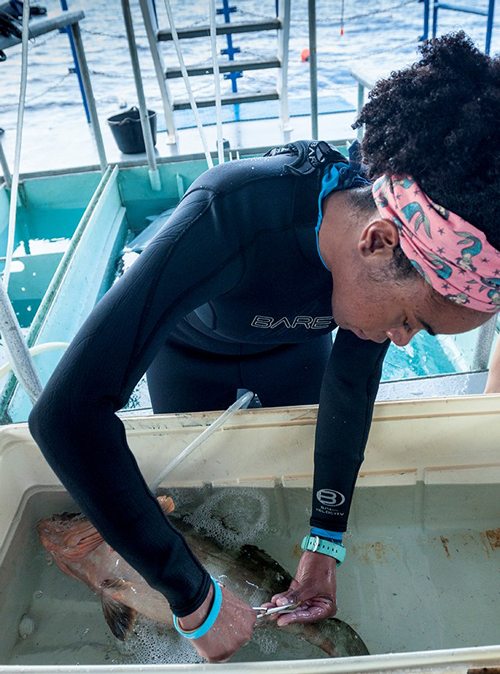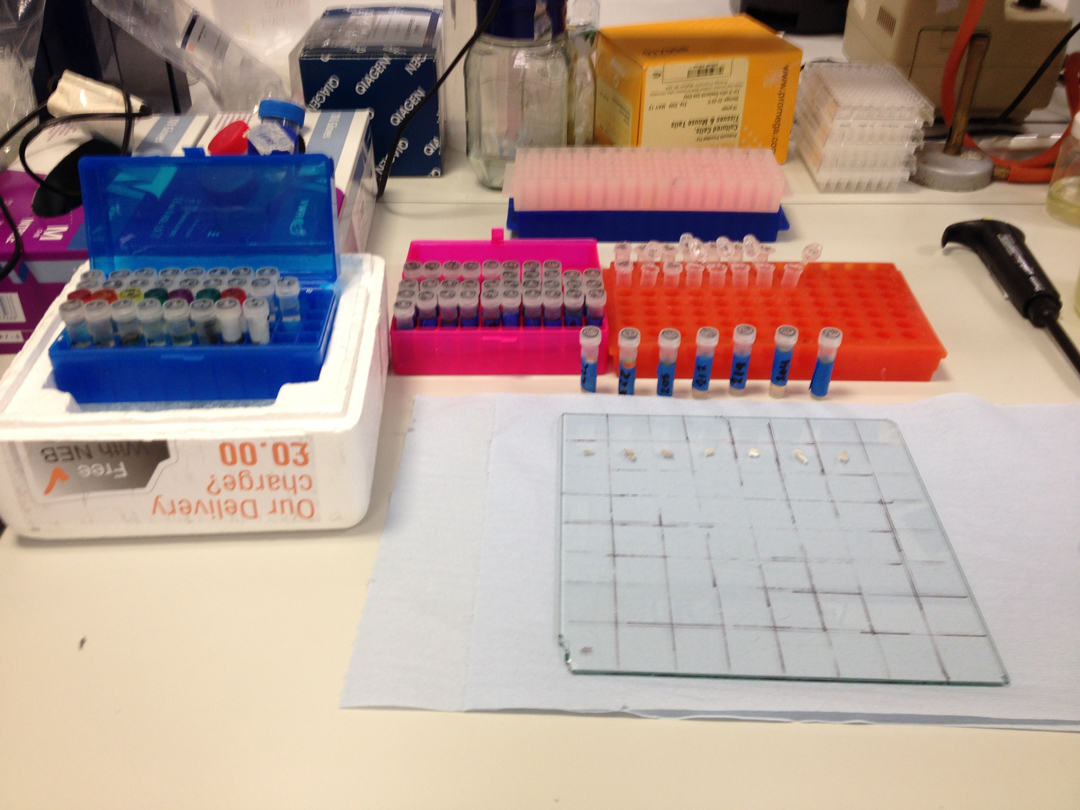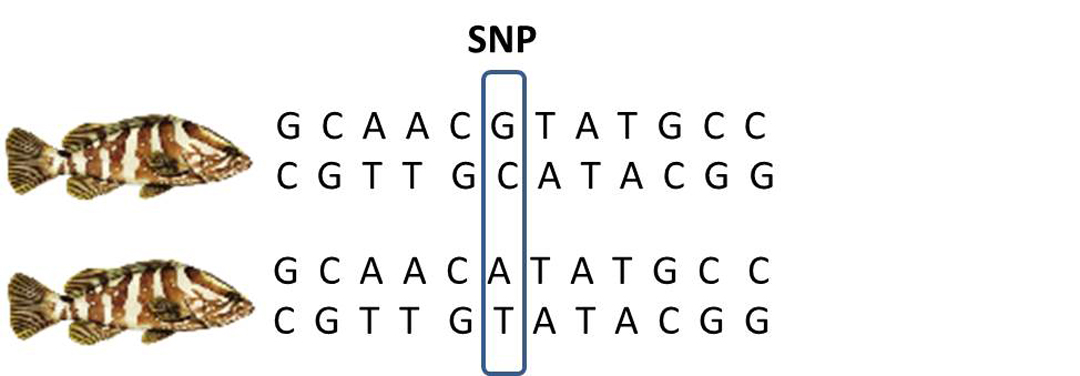From clip to SNP: Using genetics as a tool for conservation
‘The journey of a thousand miles begins with one step.’ – Lao Tzu.
For me, that journey began three years ago with the collection of my first Nassau grouper fin clip. Today, more than 400 fin clip samples have been acquired from many different islands in The Bahamas. Thanks to all the volunteers that have helped with collecting!

Krista sampling fin clips. © Shane Gross

Boxes containing Nassau grouper DNA samples. © Krista Sherman
These fin clips are precious because they contain DNA, which encodes a great deal of information about the biology and history of the species. In my case, I’m interested in gaining a better understanding of the population size and structure of Nassau groupers in The Bahamas and examining their genetic health. This knowledge is critical to helping inform management decisions for the fishery, but there are several steps to go through before the information can be accessed.
The first job involves extracting high molecular weight DNA from each fin clip sample and checking its quality. Next, the DNA is used to develop Restriction-site Associated DNA (RAD) libraries for sequencing. RAD DNA sequencing is one of the leading techniques used to screen for and genotype SNPs (single nucleotide polymorphisms). SNPs (pronounced ‘snips’) are prevalent in the genomes of most organisms and are the result of a single base pair variation or substitution at a specific point in a DNA sequence. These informative high-resolution molecular markers have a number of applications, but I’m using them to investigate fine-scale patterns of genetic variation, diversity and population structure.

Extracting DNA from Nassau grouper fin clip samples. © Krista Sherman

Krista conducting genetic research in the Molecular Ecology laboratory at the University of Exeter. © Krista Sherman

Schematic of a SNP occurring in Nassau grouper. © Krista Sherman
Now that the RAD sequence data is finally here, my current task is to perform data analyses and use the information to contribute to the ongoing management efforts for Nassau groupers.
To learn about the outcomes of this research and for other project updates, follow us via Facebook and Instagram.
